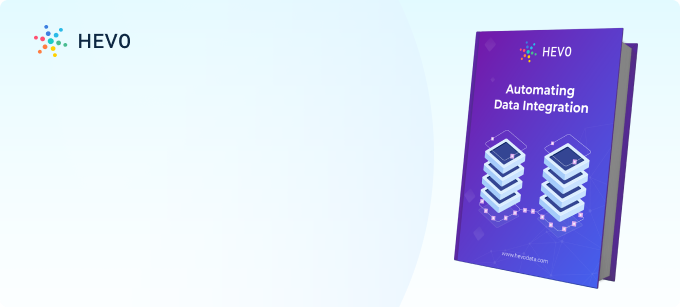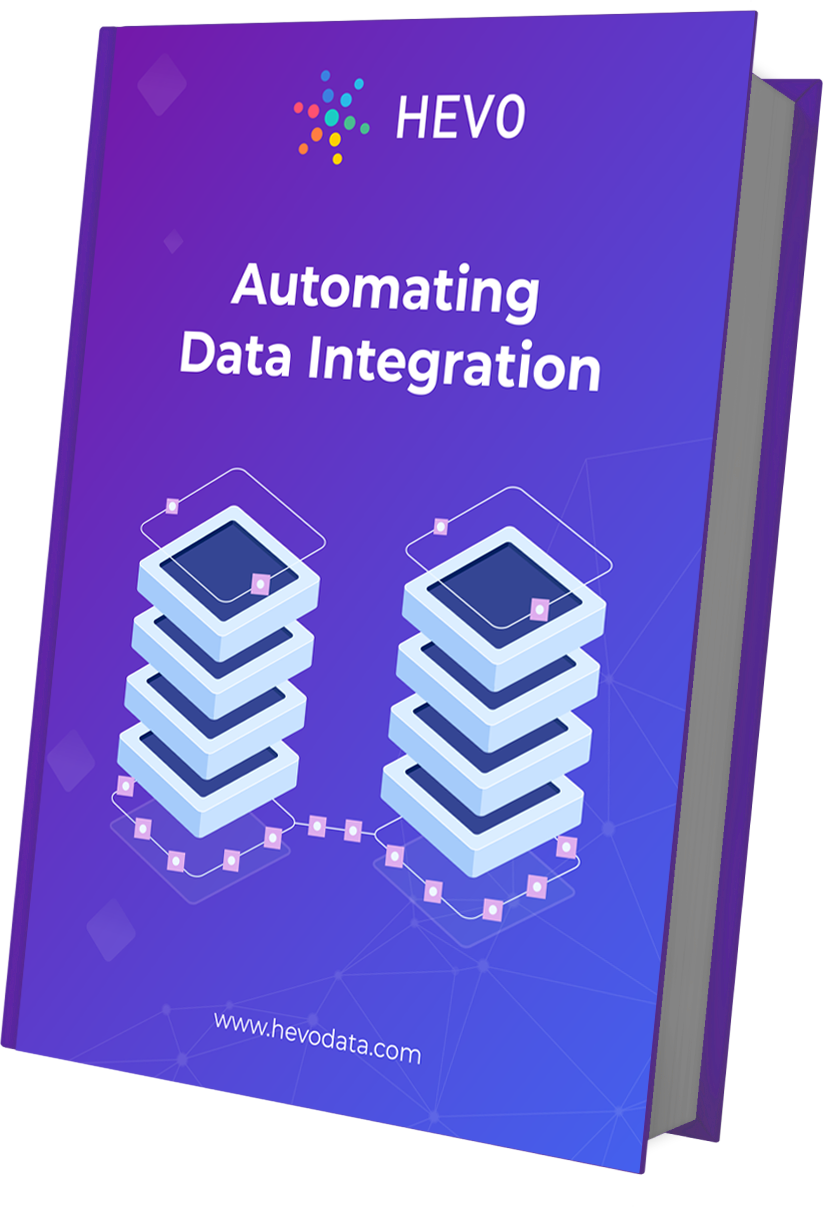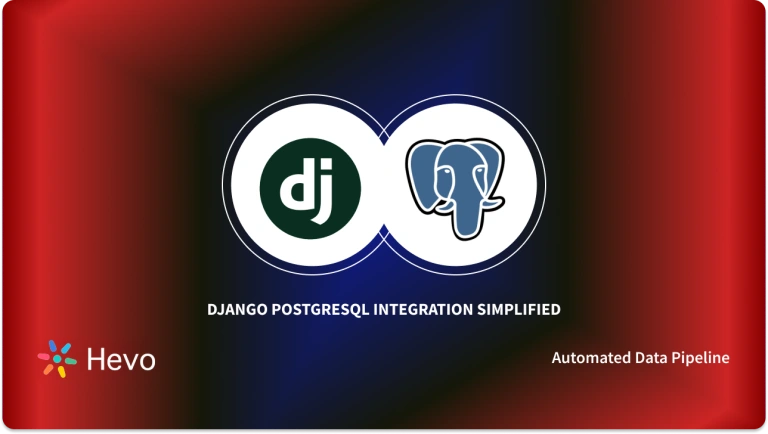Python is one of the most popular programming languages today. This can be attributed to its simple syntax. Python is a simple programming language to learn, even by beginners. It has also been accepted in many niche domains, like in automation and utility programs. Of all the niches, Python has found the greatest favors in data analytics and scientific programming. It is compatible with many libraries used for data analytics.
Communication between Python applications is always necessary. Users of different applications will want to exchange data and files between themselves. This is made easy by REST APIs. The REST APIs act as interfaces between different applications, allowing the exchange of data and information between the applications. To develop a Python API, a developer uses a Python REST API framework. The framework provides various facilities to streamline the work of the developer. There are many Python REST API frameworks that you can use. In this article, we will be discussing the best Python REST API frameworks that are available.
Table of Contents
Introduction to Python
Python was initially developed as a general-purpose programming language to automate tedious tasks that developers might face daily. But it has now grown to spearhead the development of a wider data science community, owing to its sheer potential and capabilities. Python can be used for a wide range of applications as discussed before, from developing apps to carrying out Exploratory Data Analysis on customer data to extract actionable insights from it. The shift from Microsoft Excel to Python took place due to the following use cases:
- Data Mining: You can say, extract data from Twitter, and perform a sentiment analysis on the tweets to identify the percentage of people that may be happy/unhappy with something. You can do the same thing on an eCommerce site like Amazon to find out the feedback for a particular product and gain insightful inputs that can help you improve upon the customer experience.
- Blockchain Building: You can build a Blockchain using Python that can be used for any kind of financial transaction.
- Data Automation: You can automate a lot of simple tasks like formatting data, renaming files, spell checking, generation of Microsoft Excel reports using Python for a start.
- App Building: You can build interactive apps that help you achieve a specific task using Python by leveraging in-built Python libraries in place that offers you countless possibilities.
A fully managed No-code Data Pipeline platform like Hevo Data helps you integrate and load data from 150+ sources (including 60+ Free Data Sources like Python and Hevo’s native REST API Connector) to a destination of your choice in real-time in an effortless manner.
Check out some of the cool features of Hevo:
- Completely Automated: The Hevo platform can be set up in just a few minutes and requires minimal maintenance.
- Connectors: Hevo supports 150+ integrations to SaaS platforms, files, databases, analytics, and BI tools. It supports various destinations including Amazon Redshift, Snowflake Data Warehouses; Amazon S3 Data Lakes; and MySQL, SQL Server, TokuDB, DynamoDB, PostgreSQL databases to name a few.
- Real-Time Data Transfer: Hevo provides real-time data migration, so you can have analysis-ready data always.
- 100% Complete & Accurate Data Transfer: Hevo’s robust infrastructure ensures reliable data transfer with zero data loss.
Understanding Python REST API Frameworks
A framework provides a set of libraries and tools to help programmers achieve their goals. For example, if the goal of the programmer is to develop a web application, the framework will provide a set of libraries to ease the effort required to develop both the frontend and the backend of the application. The framework abstracts the complexities of achieving the operations of the web application and provides the boilerplate code to make the programming logic simpler.
A Python REST API framework can be a single library, many libraries put together, configuration files, or tools like transpilers, compilers, and other programs. This will depend on the complexity of the framework. Next, we will be discussing the top Python REST API frameworks available for you.
Best Python REST API Frameworks
The following are the best Python REST API frameworks that you can choose:
1.Requests
The Requests library is a popular Python HTTP client library. The library is used for making API requests. Requests support all types of HTTP methods as well as advanced HTTP features like authentication, SSL handling, session cookies, and more.

Requests make it easy for you to send HTTP requests. It doesn’t require you to add query strings to your URLs manually. Some of the common features offered by this Python REST API framework include Keep-Alive and Connection Pooling, Sessions with Cookie Persistence, International Domains and URLs, Browser-style TLS/SSL Verification, Familiar dict–like Cookies, Basic and Digest Authentication, Automatic Content Decompression and Decoding, SOCKS Proxy Support, Multi-part File Uploads, Connection Timeouts, Automatic honoring of .netrc, Streaming Downloads, and Chunked HTTP Requests.
Today, Requests is one of the most downloaded Python libraries, attracting 30M downloads per week.
2. Faster Than Requests
This Python REST API framework has similar features as the Requests library, but it offers its users better performance. It is faster and lightweight in terms of the lines of code than the Requests library. This means that it is easy to develop an API using the framework.
Faster Than Requests comes with a bunch of utility functions on top of the usual HTTP methods. It offers convenient utility functions for performing tasks such as downloading resources like image files, scraping URLs, or sending requests to multiple URLs and returning a single response.
3. PycURL
This is a Python wrapper over the libcurl library and it’s used for multiprotocol file transfer. You can use it to fetch objects that are identified by a URL from a Python program, just like with the urllib Python module. It supports many internet protocols like HTTP, SMTP, FTP, and others. If you are familiar with the libcurl or cURL library, you will find it easy to use this Pythonic interface. PycURL is free and highly portable and works in the same way on many platforms including Solaris, FreeBSD, HPUX, and others.
4. Flask
Flask is a very popular Python REST API framework. It was developed to make the process of creating APIs straightforward and swift. The Flask Python REST API framework only requires a few commands to start it and start building APIs. Flask has over 50K stars on GitHub, and it is the most widely used framework for building Python web applications.
Flask has added a lot of features to the framework, making it almost as good as a full-stack framework. Its minimalistic approach to developing web applications makes it a top choice for developers.
5. Falcon
Falcon is a good tool for developers who want to create fast and high-performing APIs. It also has an object-oriented and class-based interface to offer a seamless experience. Falcon is WSGI (Web Server Gateway Interface) compliant, and this makes it compatible with many platforms and servers.
It uses REST and HTTP architecture to help developers create user-friendly designs. Its installation process is simple, straightforward, and requires very little effort. Falcon also provides a debugger for development that integrates well with its built-in server. This further simplifies the development process. To use Flask, you should have Python versions above 2.7 and PyPy installed.
6. Django
Django is a full-stack, full-featured web framework in Python. It is an old and popular web framework, with almost 50K stars on GitHub.
The Django Python REST API framework comes with many features to help developers build capable web applications. Other than the HTTP and application middleware, it has other capabilities like data views and MVC patterns, forms, templates, database handling, caching, security, and others. You can install Django using Python’s pip package manager, which only requires a single command.
If your interest is only to build a REST API backend, Django will be an overkill. You can instead use the Django REST framework, a community-funded project from Encode. The framework uses Django as the underlying engine and offers a more straightforward interface specific for REST API development.
Conclusion
This blog discusses the different Python REST API frameworks in great detail. It also gives a brief introduction to Python before diving into the fundamentals of Python REST API frameworks.
Extracting complex data from a diverse set of data sources can be a challenging task and this is where Hevo saves the day!
Hevo Data offers a faster way to move data from 150+ Data Sources such as Python, REST API, etc., into your Data Warehouse to be visualized in a BI tool. Hevo is fully automated and hence does not require you to code. Hevo supports robust and native connectors for Python and REST APIs to help you unify data with ease. Try a 14-day free trial and experience the feature-rich Hevo suite firsthand. Also, check out our unbeatable pricing to choose the best plan for your organization.
FAQs
1. Is Flask a good choice for REST APIs in 2025?
Yes, Flask is light and flexible, which makes it pretty workable for small to medium-sized custom APIs.
2. What are the deployment options for Python REST APIs?
These frameworks can be used on cloud infrastructure, such as AWS, Google Cloud, or Heroku. Alternatively, you can use your own infrastructures with the help of tools like Docker and Kubernetes.
3. Which framework is best for rapid development?
Django REST Framework is ideal for rapid development as it has excellent built-in features like authentication, ORM, and admin interface, so it is easier to get up and running fast.





